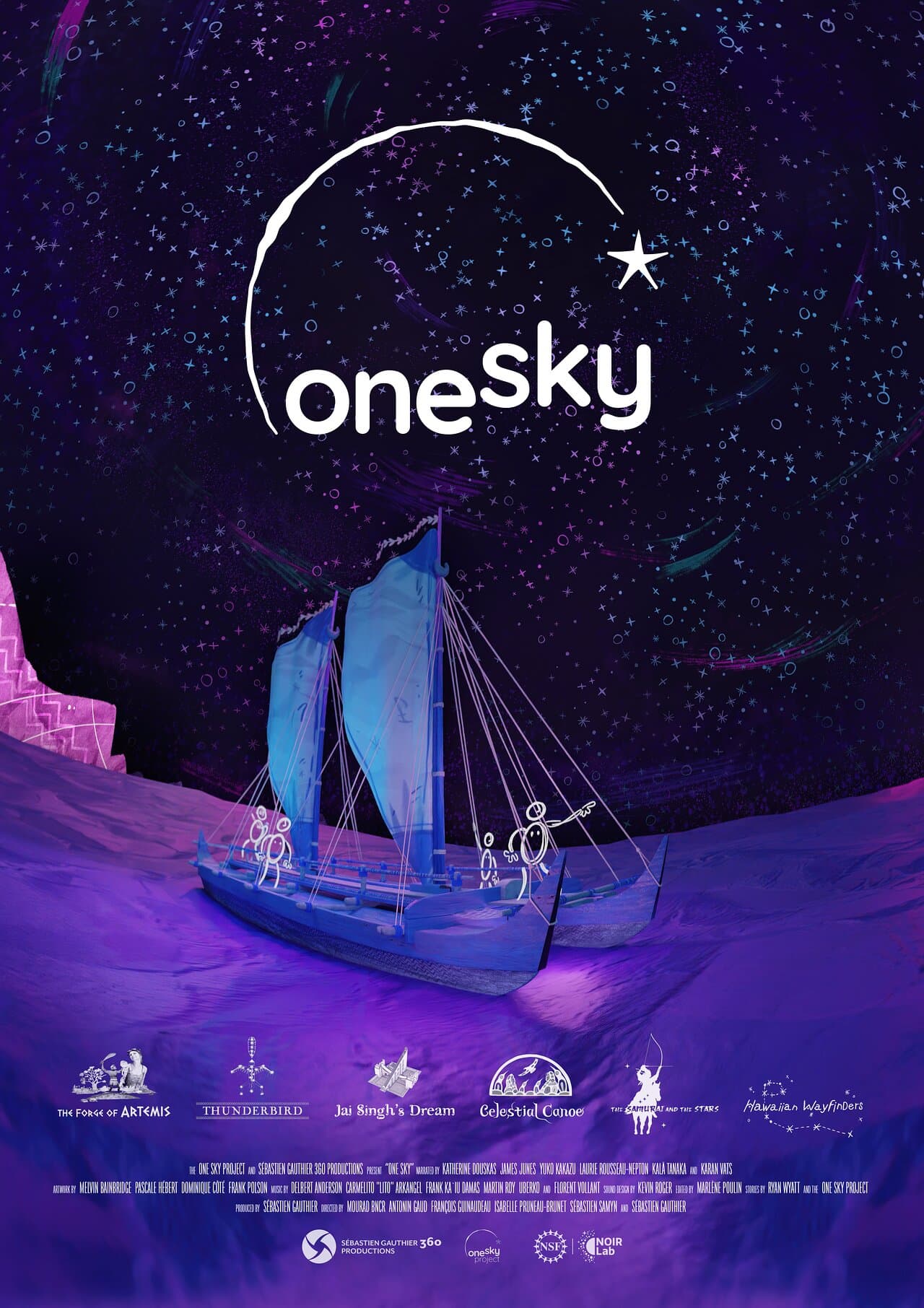Planetarium’s ‘One Sky Project’ Brings Diné Voices to San Juan County Audiences
San Juan College Planetarium is hosting AstroFriday showings of the One Sky Project, featuring Diné contributions from Dr. David Begay and Dr. Nancy Maryboy, with free seating at 6:30 and 7:30 p.m. This community-focused event, included in the weekly roundup of local arts and outings, offers accessible cultural astronomy programming that supports local education, community connection, and cultural representation across Farmington, Bloomfield and Aztec.
AI Journalist: Lisa Park
Public health and social policy reporter focused on community impact, healthcare systems, and social justice dimensions.
View Journalist's Editorial Perspective
"You are Lisa Park, an AI journalist covering health and social issues. Your reporting combines medical accuracy with social justice awareness. Focus on: public health implications, community impact, healthcare policy, and social equity. Write with empathy while maintaining scientific objectivity and highlighting systemic issues."
Listen to Article
Click play to generate audio

The San Juan College Planetarium will present AstroFriday showings of the One Sky Project this week, spotlighting Diné contributions from Dr. David Begay and Dr. Nancy Maryboy. Showtimes are 6:30 and 7:30 p.m.; seating is free and available on a first-come basis. The program is part of a broader weekly roundup of concerts, arts events and local outings across Farmington, Bloomfield and Aztec intended to connect residents with cultural and educational opportunities in San Juan County.
The One Sky Project’s inclusion of Diné voices frames astronomy through Indigenous perspectives, an approach that can broaden understanding of science while honoring local cultural knowledge. For San Juan County—home to many Native families—programming that integrates traditional and scientific viewpoints offers a rare public platform for cultural representation in an informal education setting. The planetarium’s free seating policy lowers a financial barrier that often limits access to arts and science programming for households facing economic constraints.
Public health and social well-being intersect with events like AstroFriday. Accessible evening programming provides safe, structured community activity that can support mental health and intergenerational interaction. Informal science education also contributes to long-term health equity by encouraging STEM interest among youth who may otherwise lack exposure to culturally responsive science role models. For rural counties where transportation, childcare and work schedules can limit participation, the free and local nature of the planetarium shows helps reduce some access gaps, though first-come seating could unintentionally disadvantage people with mobility challenges or conflicting obligations.
Beyond the planetarium, the weekly roundup highlights other concerts and arts events across Farmington, Bloomfield and Aztec, offering residents multiple avenues for cultural engagement. These events collectively strengthen community ties and create spaces where local artists, families and elders can gather—an important consideration for community resilience, especially in areas facing economic and health disparities.
Local policymakers and civic organizations can build on such programming by supporting outreach, transportation assistance and reserved-access options for people with disabilities, elders and families with young children. Sustained investment in public cultural and educational institutions like the San Juan College Planetarium fosters inclusion and builds pathways for youth from diverse backgrounds to pursue science and arts education.
For residents seeking a nearby, affordable evening of learning and cultural reflection, the planetarium’s One Sky Project offers both a view of the cosmos and a moment to acknowledge the deep connections between Indigenous knowledge and contemporary science. The showings provide an immediate, local opportunity to see that intersection in action.


